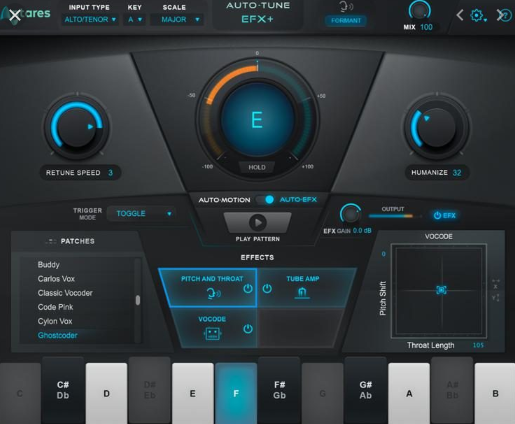
It’s kind of like listening to a lightning bolt and trying to figure out what the shape of the clouds are. “I was working in an area of geophysics where you emit sounds on the surface of the Earth (or in the ocean), listen to reverberations that come up, and, from that information, try to figure out what the shape of the subsurface is. Upon graduating, he was plucked up by oil conglomerate Exxon, and tasked with using seismic data to pinpoint drill locations. In the course of his graduate studies, Hildebrand excelled in his applications of linear estimation theory and signal processing. Driven by a newfound passion for science, Hildebrand “decided to start working ass off” - an endeavor that culminated with an electrical engineering PhD from the University of Illinois in 1976. Toward the end of grade school, the young delinquent started pulling C’s in junior high, he made his first B as a high school senior, he was scraping together occasional A’s.

“That way,” he says, “I could just stare out of the window.”Īfter failing the first grade, Hilbrebrand’s academic performance slowly began to improve. School was never an interest: when teachers grew weary of slapping him on the wrist with a ruler, they’d stick him in the back of the class, where he wouldn’t bother anybody. And in the course of it all, he’s raised pertinent questions about what constitutes “real” music.Īndy Hildebrand was, in his own words, “not a normal kid.”Ī self-proclaimed bookworm, he was constantly derailed by life’s grand mysteries, and had trouble sitting still for prolonged periods of time. He’s changed the economics of the recording industry. Hildebrand’s invention has taken him on a crazy journey: He’s given up a lucrative career in oil. For inventor Andy Hildebrand, Auto-Tune was an incredibly complex product - the result of years of rigorous study, statistical computation, and the creation of algorithms previously deemed to be impossible. When Time Magazine declared it “one of the 50 worst inventions of the 20th century”, few came to its defense.īut often lost in this narrative is the story of the invention itself, and the soft-spoken savant who pioneered it. Along the way, it has been pilloried as the poster child of modern music’s mechanization. The pitch correction software, which automatically calibrates out-of-tune singing to perfection, has been used on nearly every chart-topping album for the past 20 years. Auto-Tune - one of modern history’s most reviled inventions - was an act of mathematical genius.


 0 kommentar(er)
0 kommentar(er)
